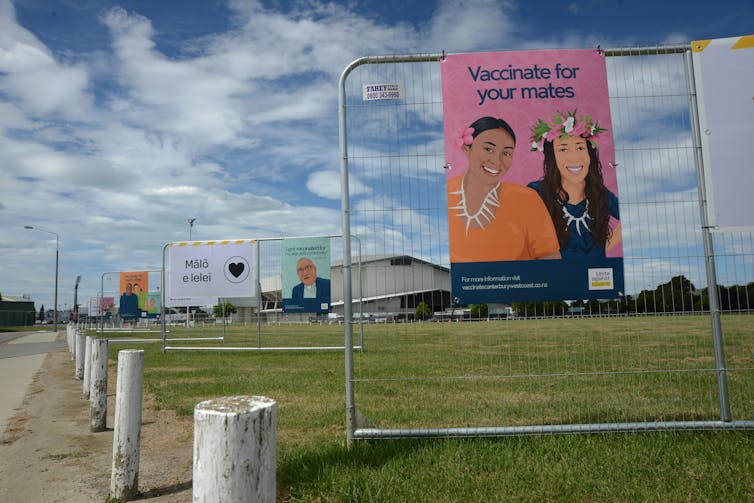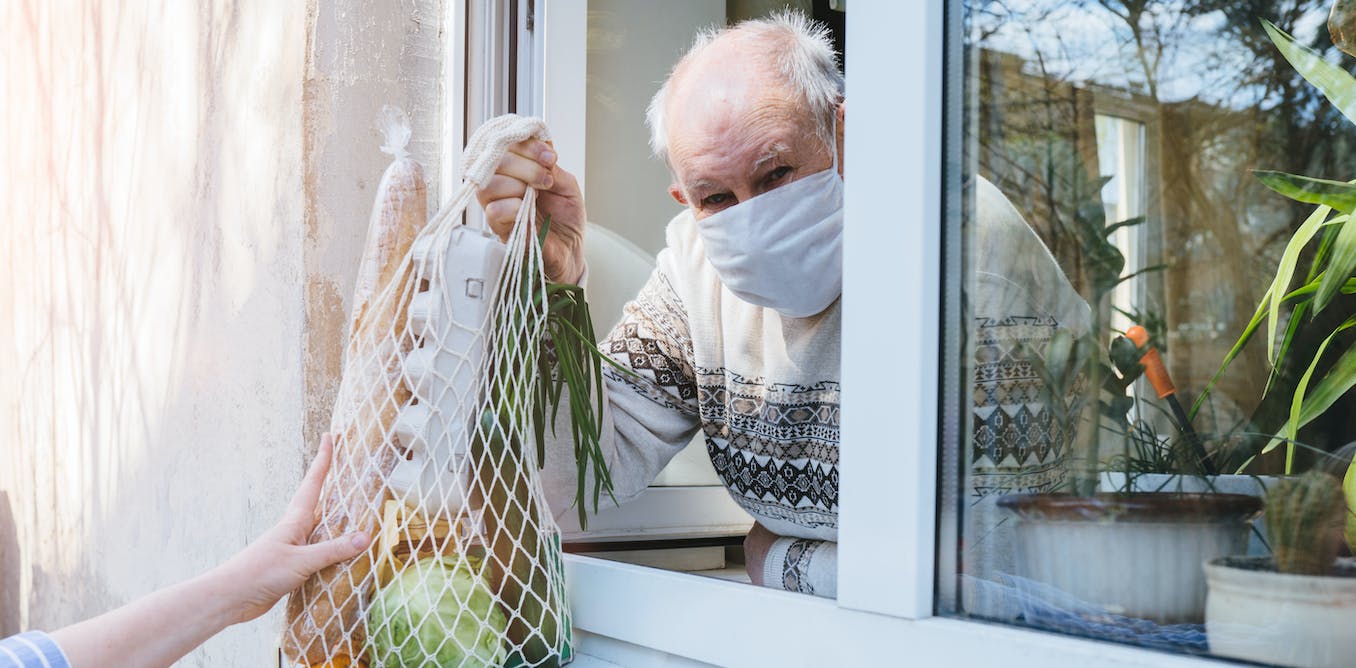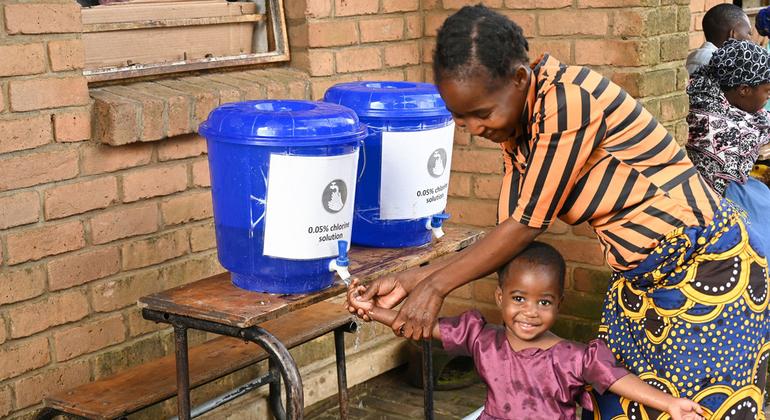A Royal Commission of Inquiry into New Zealand’s COVID response began work this month, with a goal to prepare the country for future pandemics.
It will focus on lessons not only from New Zealand’s pandemic experience but also from other countries and jurisdictions.
Early in the pandemic, it became clear some countries had higher numbers of COVID deaths than others. New Zealand and Iceland had the lowest mortality among high-income nations: placed first and second in the OECD for lowest excess mortality as of June 2022, respectively.
A previous article outlined lessons from both Iceland and New Zealand in September 2020. In a recently published study, we extended this comparison through to June 2022.
At the beginning of the pandemic, both countries rapidly implemented similar control measures, including testing, contact tracing, isolation and quarantine, gathering limits and physical distancing. Both nations were relatively slow to require mass masking.

Our World in Data, CC BY-SA
Rapid border management was likely easier in these countries because both are island nations with only one (Iceland) or a few (New Zealand) international airports. However, both nations had to work quickly to increase testing and contact tracing capacity and purchase additional personal protective equipment for healthcare workers.
But apart from these measures, the two nations pursued different strategies.
COVID-19 and small island nations: what we can learn from New Zealand and Iceland
Elimination or mitigation
Iceland did not implement an elimination strategy and instead focused on mitigation, even though community transmission was eliminated early on. Iceland’s response did not involve the use of lockdowns or official border closures.
Meanwhile, New Zealand initially planned to follow a mitigation strategy, but then shifted quickly to an elimination strategy early in the pandemic. It employed the use of a strict lockdown and largely closed its international border (though low levels of essential travel continued with two weeks of quarantine for returning citizens at the border).

Adam Bradley/SOPA Images/LightRocket via Getty Images
Elimination seeks to reduce transmission to zero within a defined jurisdiction. By comparison, control strategies like suppression aim to keep case numbers low to minimise illness and death. Mitigation implies lighter controls, more calibrated towards preventing health systems becoming overwhelmed.
In New Zealand, the elimination strategy worked in the early stages of the pandemic and allowed for a return to near-normal life for most people in the country. That was until late 2021, when an outbreak of the Delta variant led the government to shift to a suppression strategy.
Then, following a wave of the Omicron variant in early 2022, New Zealand began to reopen its border in stages, marking a shift to mitigation.
The costly lesson from COVID: why elimination should be the default global strategy for future pandemics
The economic costs of the pandemic
Iceland and New Zealand both introduced economic interventions shortly after the first COVID cases were detected. Government provision of financial assistance as a proportion of GDP in 2020 and 2021 was twice as high in New Zealand as in Iceland.
Despite economic support measures, both nations saw a contraction in GDP in 2020, although much greater in Iceland (-8·27% vs -1·22%). Iceland also experienced a higher peak unemployment rate (7·2% vs 5·3%), but with a quick rebound in 2021. This difference may in part reflect Iceland’s stronger reliance on its tourism sector, but it’s also possible the measures taken in New Zealand were more effective for supporting its economy.
There were many similarities between Iceland’s and New Zealand’s responses. Both nations had existing universal healthcare coverage and pandemic plans targeted towards influenza. However, neither country had a dedicated national institution to respond to infectious diseases.
There was clear communication involving regular briefings by senior officials in both Iceland and New Zealand. This included daily press briefings that were nationally broadcast and early communications about the pandemic framed as a shared threat. In Iceland the phrase “we are all civil protection” was commonly used, while in New Zealand, there was frequent reference to the “team of five million”.
Scientists also played a particularly prominent role in the response. There was a high level of public trust in the response in both countries, especially early in the pandemic.
Differences in vaccination and testing
Iceland performed much better than New Zealand with vaccination, beginning its campaign several months earlier. The slow progress with vaccination in New Zealand was a point of criticism at the time (along with delays in reaching Māori and Pasifika) and should be an area of focus for the Royal Commission of Inquiry.

Shutterstock/Lakeview Images
Nevertheless, New Zealand did catch up to Iceland. By June 2022, both countries had similar vaccination coverage rates. Differences in the timing of vaccination probably had little net effect.
Iceland’s success at keeping COVID cases and deaths relatively low without the use of stringent restrictions led to the question of whether New Zealand could have achieved similar results without a border closure and lockdowns.
It seems to us unlikely New Zealand could have achieved similar results without substantially increasing testing capacity. Iceland conducted almost four times more tests (per 1000 population) than New Zealand during the study period. This increase in capacity was made possible in part by collaboration with deCODE Genetics.
While efforts to increase testing capacity in New Zealand progressed rapidly in the first year of the pandemic, a backlog developed during the initial stage of the Omicron wave in early 2022 because many laboratories were overwhelmed by the number of tests.
The keys to preventing future pandemics
Considering the impact of alternative pandemic responses is challenging, but country comparisons can give some clues. Also, disease modelling suggests that had New Zealand delayed implementing its lockdown, the first pandemic wave would have been larger and taken longer to control. Elimination might have become impossible.
Overall, many of the pandemic control measures deployed by Iceland and New Zealand appeared successful. Features of the responses in both countries could potentially be adopted by other jurisdictions to address future pandemic threats. Indeed, some of us have argued elimination should be the default strategy for future pandemics above a certain severity.




